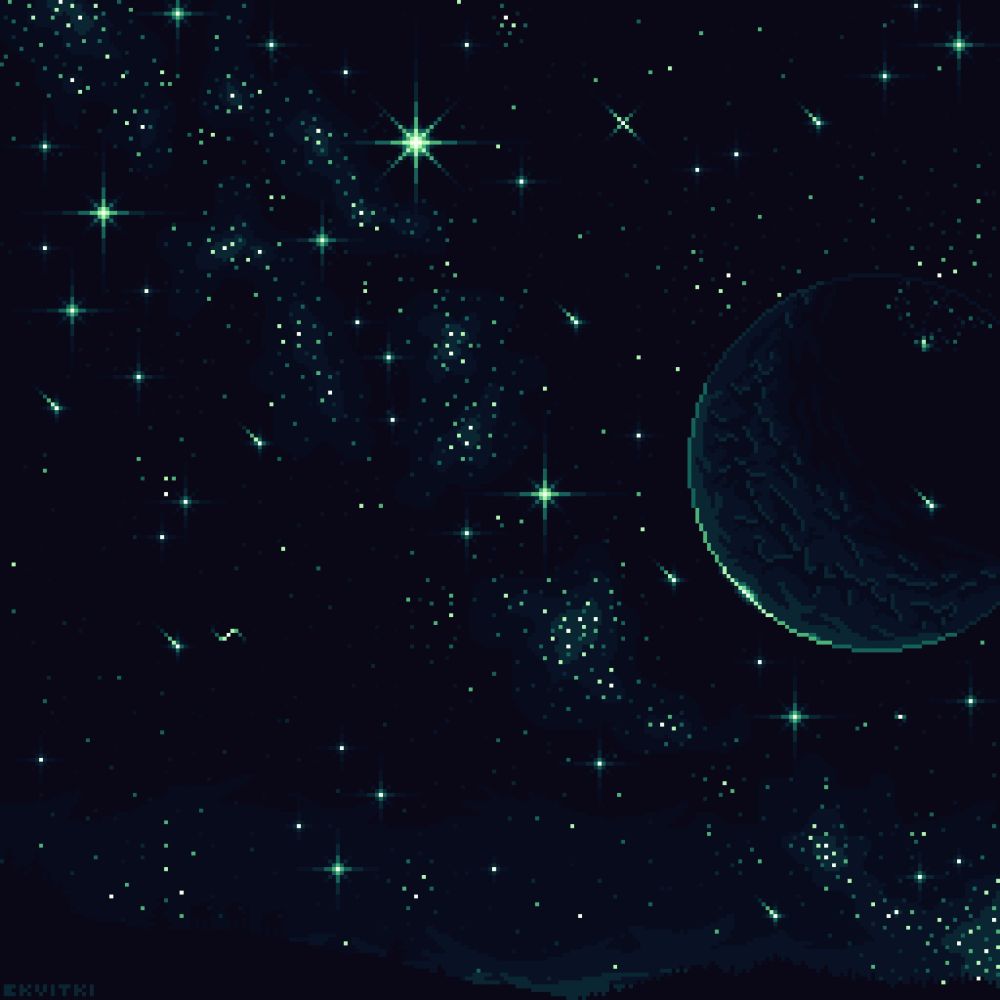

Credit: NASA/ESA & Hubble

Credit: NASA/ESA & Hubble
Star Gazing in the Park
Photo credit JWEBB
Milky Way, interstellar medium
Swirling ribands of dust form ribands due to gravitational, electric and tidal forces which inhabit the spaces between stars. Typically invisible this image was brought to you by the light of Zeta Ophiuchi

Star Gazing in the Park
Photo credit JWEBB
Milky Way, interstellar medium
Swirling ribands of dust form ribands due to gravitational, electric and tidal forces which inhabit the spaces between stars. Typically invisible this image was brought to you by the light of Zeta Ophiuchi
Photo Credit: Robert Gendler

Photo Credit: Robert Gendler
Credit: NASA, ESA, CSA, STScI

Credit: NASA, ESA, CSA, STScI
Wolf-Rayet star WR 140.
🔭 🧪

Wolf-Rayet star WR 140.
🔭 🧪


Credit: NASA/JPL-Caltech/Univ.of Ariz.

Credit: NASA/JPL-Caltech/Univ.of Ariz.
In an otherwise clear sky, it was "disappointing" to have that band of cloud that just didn't want to disperse.
The bright light on the clouds is from the town of Stromness, where we had docked a few hours earlier.
#Photography

In an otherwise clear sky, it was "disappointing" to have that band of cloud that just didn't want to disperse.
The bright light on the clouds is from the town of Stromness, where we had docked a few hours earlier.
#Photography


In an otherwise clear sky, it was "disappointing" to have that band of cloud that just didn't want to disperse.
The bright light on the clouds is from the town of Stromness, where we had docked a few hours earlier.
#Photography

In an otherwise clear sky, it was "disappointing" to have that band of cloud that just didn't want to disperse.
The bright light on the clouds is from the town of Stromness, where we had docked a few hours earlier.
#Photography
Image Credit: NASA, ESA, and J. Maíz Apellániz, et al

Image Credit: NASA, ESA, and J. Maíz Apellániz, et al
This image was presented today on AAS Nova.

This image was presented today on AAS Nova.


#landscapephotography




#landscapephotography


OH 231.8+04.2-
The Rotten Egg Nebula
Constellation Puppis
Distance 5,000 light years
Discovered by William Herschel 1786
Length 1.4 light years
Named after its high sulfur content it's a star of similar size as our sun but in its early stages of planetary nebula formation

OH 231.8+04.2-
The Rotten Egg Nebula
Constellation Puppis
Distance 5,000 light years
Discovered by William Herschel 1786
Length 1.4 light years
Named after its high sulfur content it's a star of similar size as our sun but in its early stages of planetary nebula formation
OH 231.8+04.2-
The Rotten Egg Nebula
Constellation Puppis
Distance 5,000 light years
Discovered by William Herschel 1786
Length 1.4 light years
Named after its high sulfur content it's a star of similar size as our sun but in its early stages of planetary nebula formation

OH 231.8+04.2-
The Rotten Egg Nebula
Constellation Puppis
Distance 5,000 light years
Discovered by William Herschel 1786
Length 1.4 light years
Named after its high sulfur content it's a star of similar size as our sun but in its early stages of planetary nebula formation
Credit: NASA, ESA/Hubble and the Hubble Heritage Team

Credit: NASA, ESA/Hubble and the Hubble Heritage Team




